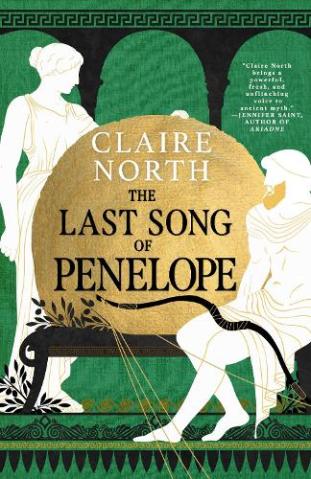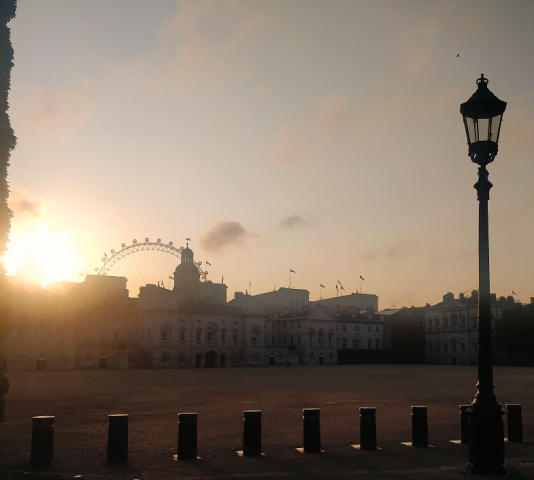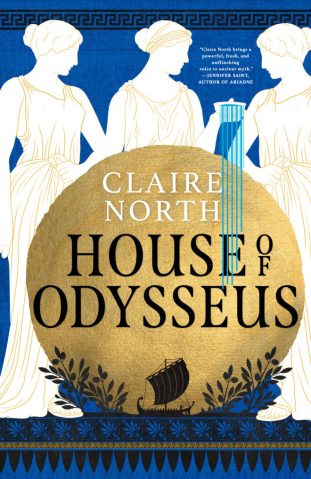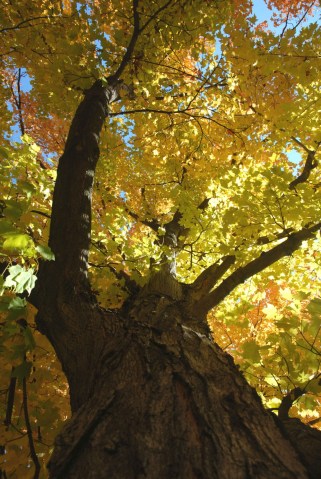London Fields
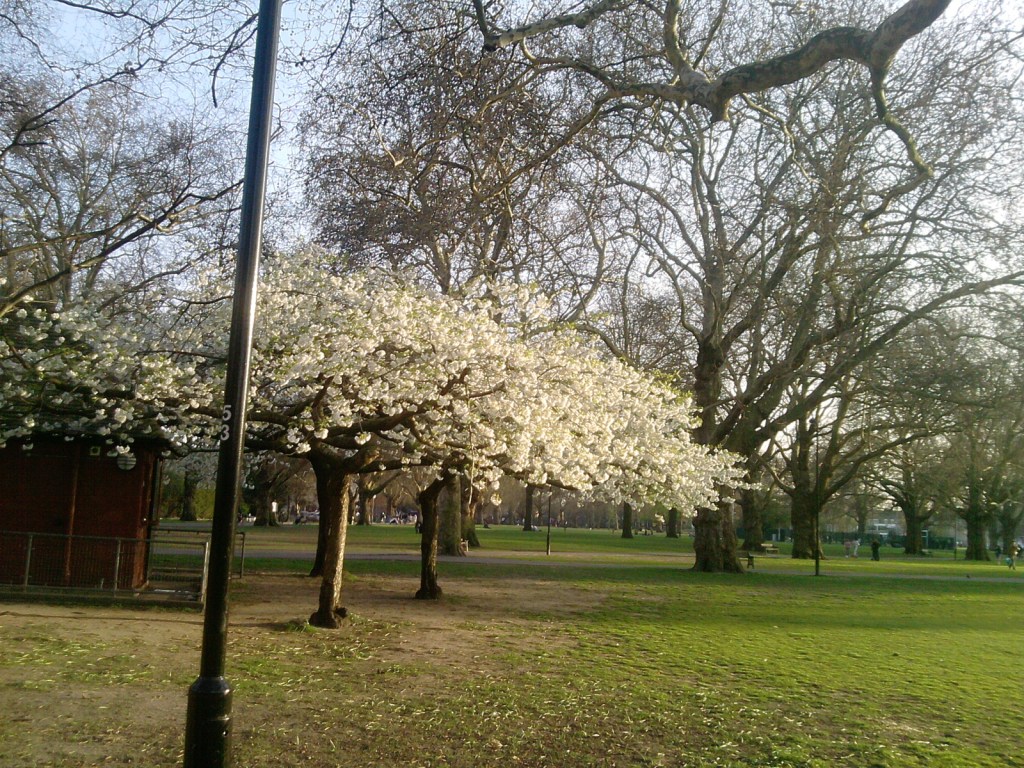
Like most name places in London, ‘London Fields’ tells you a lot about its history. It was once, unsurprisingly, a field which bordered on the edge of London, where people grazed their animals on the way to market. It is now an odd oasis of green in the heart of inner city Hackney, a place where a dozen different worlds collide.
As readers of this blog will know, I’m from Hackney, but London Fields was never particularly somewhere I went during my childhood, simply because other parks were nearer and if Hackney is famous for anything, it’s for its dubious transport links. However, one of the advantages of being a lighting designer is it does fulfill its role of getting me out of the house occasionally, and so one day I found myself walking across London Fields thinking, ‘blimey… kinda missed this, didn’t I?’ Now I’m a fairly regular visitor, not least as it’s in close proximity to my escrima class, my Mum and the Hackney Empire – a relatively recently refurbished theatre/music hall which features shows ranging from an RSC production of Othello, a South African version of La Boheme, ‘My Big Fat Jamaican Wedding’, and ‘Hackney vs. Harlem’ – the ultimate rapping competition of the ultimate inner cities.
On one side, London Fields is defined by the railway line from Liverpool Street to Enfield, populated by the kind of slow-whirring, seat-stabbed commuter trains I usually associate with South London. Council estates squat foreboding at all points of the compass, never really tall enough to declare, ‘here be tower blocks, fear my lifts’ but not exactly small enough to promise neatly tended gardens and old age pensioners who can remember the time when a pint from the local was a farthing and the newsagent was run by a friendly veteran. Certainly, there is a lot of local pride; Hackney seems a borough, more than most, where people have lived if not in the same house, then certainly the same street since time began, and if nothing else, this gives a sense of rhythm to life around London Fields, if not exactly community. As the signs on the Hackney Empire suggest, there’s also a very strong Caribbean community, and this manifests itself in a mixture of shops selling great piles of the Unknown Vegetable, offering cheap calls to Jamaica, and by a large collection of small chapels and churches tucked into odd corners around the fields where, on most evenings of the week, you may have your soul purged of demons by superstar preachers from Nigeria, adorned in great gold necklaces and rings. Now, while my views on god have been made fairly clear in this blog, my views on the kind of preachers who drive around poor parts of the city in black limos, proclaiming that money is the route of all evil and you should give yours away to them as soon as possible, is an entirely different, angry rant…
But back to the fields. As well as the council estates, there are a lot of very lovely terraced streets and houses running around London Fields. The largest are white-washed Victorian townhouses, complete with front gardens smelling of lavender and back gardens adorned with children’s swings; the smallest are beautiful brick cottages clearly built by a Victorian pioneer with an eye for the healthy living of his workforce and a sense of sensible neatness when it came to architecture. The higgledepiggledey nature of these buildings as they move in and out of each other has a lot to do with the Blitz, and probably also a bit to do with some rather inept, probably corrupt town planning in the 1950s-80s, when Hackney Council was renowned as one of the most corrupt in Western Europe, and when buildings were thrown up and pulled down with no real sense of wherefore and why, unless the why was profit.
London Fields itself is large enough to merit not one, but two playgrounds for the children often found there of a spring evening of weekend day. A block of suspicious toilets has a sign up by the police warning against nefarious deeds in the chipped tiled interior. A running track is painted onto the grass with white, fading paint, while in the centre of the track you can find men playing cricket on an evening, in full cricket whites, applauding with each decent ball as it comes off the bat. A park ranger is usually sat with his feet up on a small green tractor by London Fields Lido – an outdoor swimming pool hemmed in by walls over which, in warm weather, you can hear the sound of voices and splashing, and which in cold weather you suspect is too dark and frozen to produce anything but the occasional horrified gasp. Exercisers are a common site; groups of suffering men and women in tight lycra jogging round and round the fields as the sun goes down; cyclists taking a cut-through towards Mare Street, boxers practicing hitting pads held up by their trainer, and sometimes more ecclectic sports as capeoira, tai chi and freerunning are practiced beneath the trees. Dog walkers are everywhere, and whenever the temperature crawls a tiny jot above eighteen degrees celcius, the sunbathers come out to enjoy… well, not so much sunbathing, as a sunsplash, but you make do with what you can…



